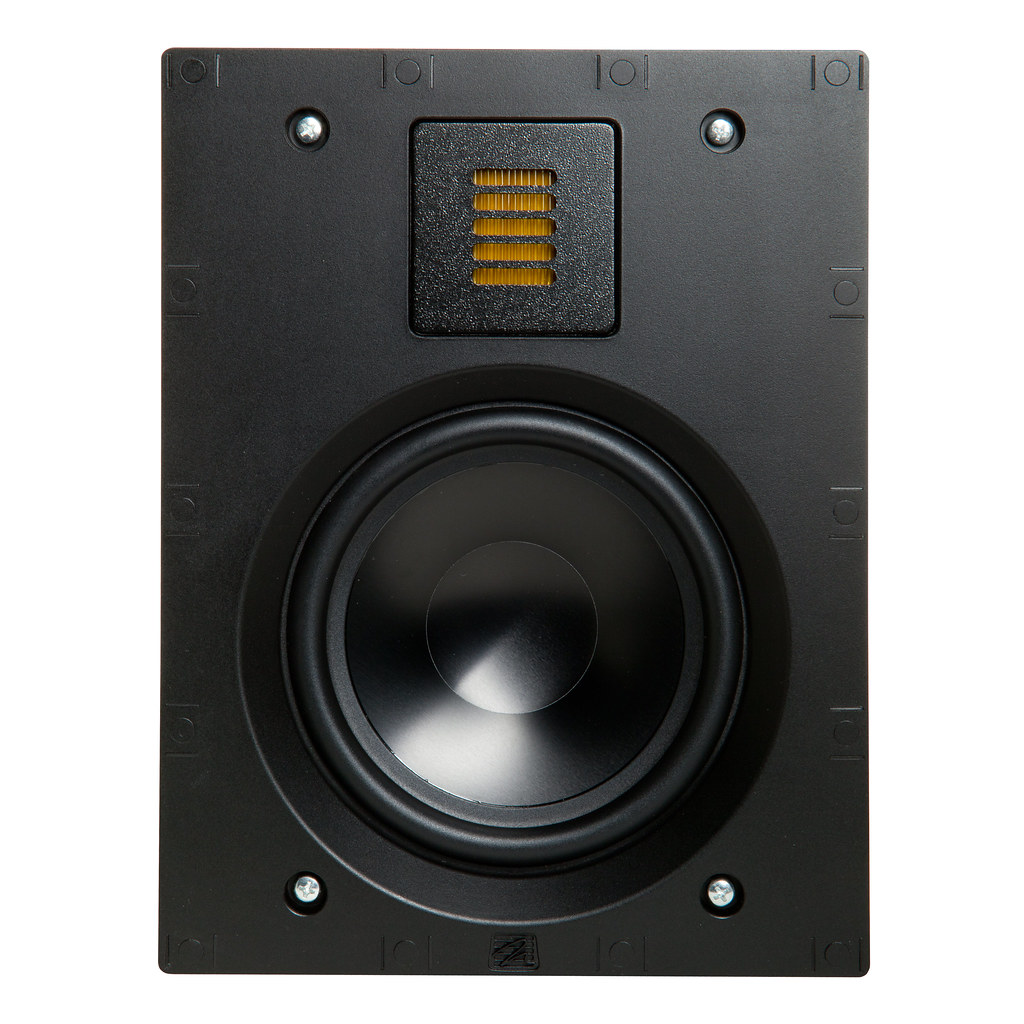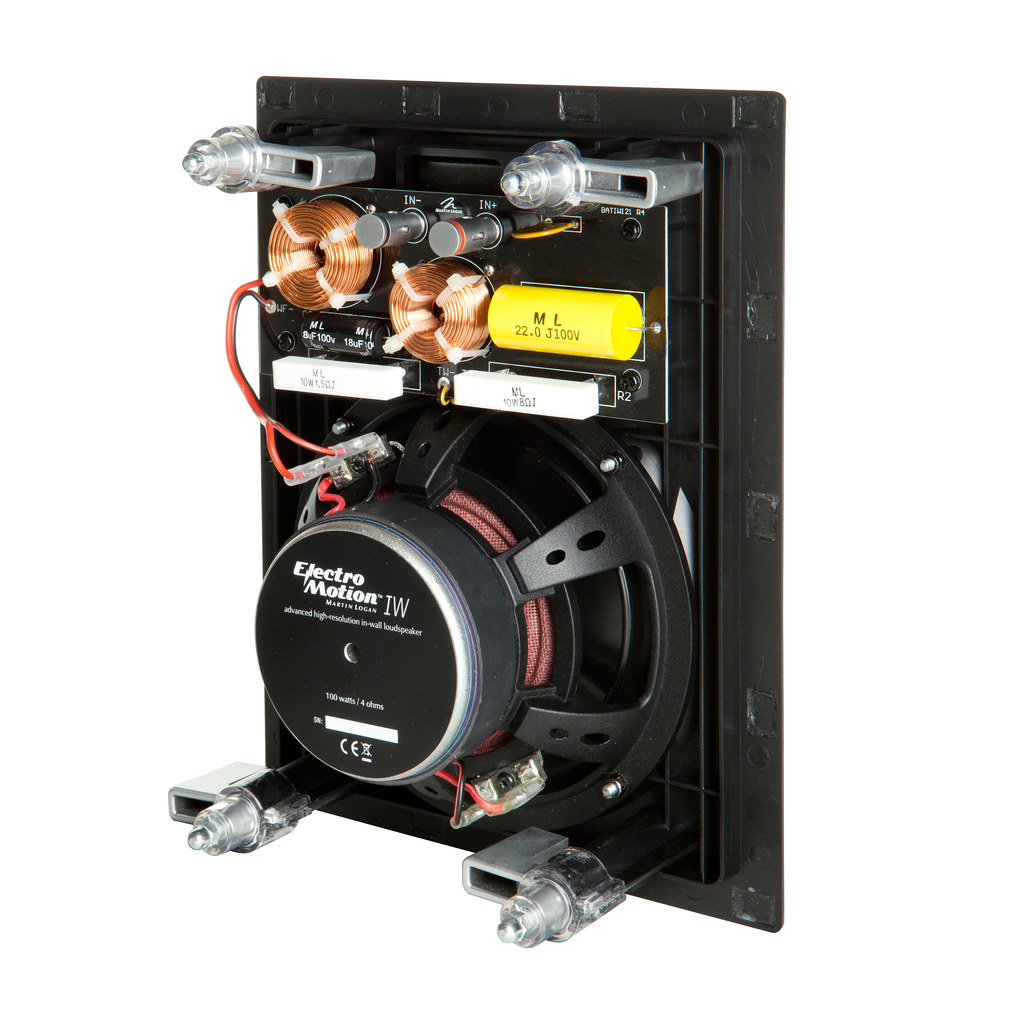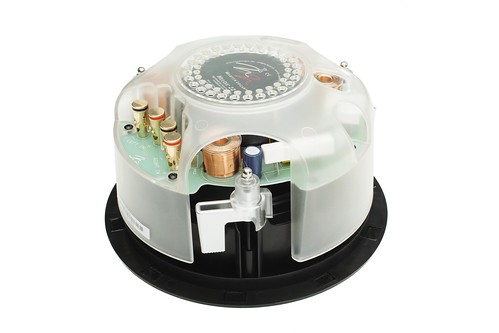
Video on demand services like Apple TV can be part of a cost effective alternative to a cable subscription.
In the face of rising prices, poor customer service and ever more frequent blackouts over fee disputes, many consumers yearn for a way out of the grips of their cable TV subscription. Companies like Google GOOG +12.79%, Intel INTC -0.25%, Sony SNE -1.7% and Apple AAPL +0.72% are all working on Internet-delivery TV platforms, though none have yet to secure the content deals needed to launch a credible service. And while industry analysts point out that the number of cord cutters has yet to reach the critical mass needed to force changes to the cable TV business model, the fact is that today there are viable TV options to the triple digit cable bill.
They do require additional hardware, running extra cables from your TV and waiting at least a day to watch the newest episodes of cable network shows. And if you’re hoping to sever all ties with your cable provider, that’s not going to be an option in many regional markets, as you’ll still need them for the high speed Internet service that makes this all work. But the cost savings of dropping the TV package can be very substantial and there have never been as many good choices available as there are today in both hardware and content. Here’s what you’ll need.
Antenna
Remember the days when you could watch network television for free? (those under 25, ask your parents). Well those channels are still available at no cost…if you have an antenna. And no, we’re not talking about the clunky rabbit ears of old. Antennas have changed substantially in looks and performance over the last several years. Breakthroughs in technology spurred by development of the tiny but powerful digital antennas in smartphones have been adapted to the realm of TV reception. The result? “TV antennas today are 10% the mass they were decades ago,” says Richard Schneider, president of Missouri-based manufacturer Antennas Direct. “And the move to an all digital transmission that the FCC mandated back in 2009 has put those TV signals in a higher frequency which means a better signal with less noise”.

Advances in antenna technology have led to sleek, stylish designs like the Mohu Curve.
Armed with technology that makes a smaller antenna possible and a digital protocol that makes the signals easier to capture over longer distances, antenna companies are now delivering powerful long-range units with home decor as a design directive, resulting in small, unobtrusive and even fashionable indoor models. Mark Buff, CEO of antenna maker Mohu says that with cable TV having been the norm for so long, “many people had forgotten that OTA (over the air) signals still exist. But we’re now seeing increased interest by cord cutters. And even customers who aren’t cancelling subscriptions are using antennas for second and third TVs as well as for their vacation homes, saving the cost of additional cable boxes.”
These antennas are compatible with all televisions made since 2007 (when built-in digital tuners became a federal requirement) and they plug directly in the coaxial port in back of your TV. Once plugged in, you simply have your TV scan for available digital signals. Most TVs have a signal meter display that show just how well each channel’s signal is being received.
I put a couple of units to the test and found that the new breed of antennas really work as advertised. In an environment like New York City with numerous line of sight obstacles to transmission towers, a major selling point of cable TV in the analog era was that it was the only reliable way to get a clear signal of the free network channels. But today, on a lower floor of my Brooklyn brownstone I can get 60 OTA channels with a small tabletop antenna like the $50Mohu Curve, which has a 30 mile antenna range. It did take a bit of trial and error to find the spot in the room with the strongest signal for most stations, but I got the best results by placing it near a window.
If you (and your significant other) are comfortable with a larger, more industrial design, the $100ClearStream 2 is an indoor/outdoor antenna that boasts a 50 mile range. The benefit of the more powerful Clearstream 2 is that I could place it anywhere in the room and pull in 70 channels, ranging from the major networks to PBS affiliates and local Spanish and Chinese language broadcasts.
The major network channels are all broadcast in HD. And you’ll be pleasantly surprised to learn that the quality of uncompressed HD video in an antenna feed is actually superior to what you’ve been getting with your cable box. Cable operators have to deliver hundreds of channels, plus broadband and phone service over a single connection to your home, so the TV signal is usually compressed to conserve bandwidth. Not so with your OTA feed. The difference is immediately noticeable. Outside of a Blu-ray movie, this is the best output I’ve ever seen on my TV. And did I mention the channels are free?
Set Top Box
To augment your free supply of live network TV, the next step is to choose your hardware for on demand programming delivered via your Internet connection. You may already have this capability in an existing device if you own a gaming console like an Xbox 360, Sony Playstation 3 or Nintendo Wii. Or perhaps you’ve bought a smart TV or Blu-ray player with built-in Wi-Fi.

The Roku 3 streams 1080p video, with over 1,000 channels of on demand content, to your TV.
If you do need to buy a set top box, the most popular options are the $100 Apple TV and the range of models from Roku. Google entered the field this summer with its $35 Chromecast, but it’s limited contentmakes it more a curiosity than primary option for mainstream consumers at this point. But it’s definitely worth keeping an eye on.
In general, streaming hardware all works the same way. The device connects to both the Internet (via Wi-Fi or Ethernet) and your TV (via HDMI), streaming content from channels that are either free or require a monthly subscription. You browse through channels directly on your TV screen via a remote. A large part of the appeal here is that you choose which channels you want to subscribe to. Netflix and Hulu Plus, the most popular channels (available on the Apple, Roku and Google devices) provide access to a robust selection of movies as well as current and past TV shows.
Apple TV, tightly integrated into the Apple ecosystem, gives you access to content from iTunes as well as the ability to stream content from any iOS device to your TV. If you’re in an Apple-centric household and want to add the customary “Designed in Cupertino” fit and finish, there’s much to like with Apple TV.
One big advantage Roku offers though is a choice of four models ranging in features and price, from the $50 Roku LT to the faster and higher resolution $100 Roku 3. With over 1,000 channels, Roku has long had an edge over its Apple rival in terms of content. It should be no surprise though to find that with so many channels most of them are of limited appeal. While it lacks support for iTunes, Roku counters with the Amazon Instant video store (unavailable on Apple TV). Roku also offers both a PBS and PBS Kids channel.
On either device, using just Netflix and Hulu Plus (each require $8 per month subscriptions) gives you a good variety of popular programming. Between the two you can binge on previous seasons of everything from Breaking Bad to Downton Abbey, watch current episodes of The Daily Show and Parks and Recreation and try to make a dent in your bucket list of must-see film classics.
There are drawbacks, most having to do with content licensing restrictions. Netflix still has a good number of films in its vast library that are unavailable for streaming. With Hulu Plus, TV shows are generally embargoed until at least the day after their original network air dates. And there can also be restrictions on which seasons of a show are available. Perhaps most frustrating, licensing terms for some shows stipulate that while they can be watched on a computer or mobile device for free on Hulu’s website, they are prohibited from being viewed on the TV even with a paid Hulu Plus subscription. But remember, an antenna gets you free OTA network channels, so if you’re able to work your schedule around the networks’ (like in the old days) you can minimize this inconvenience.
My family of four and I have been using a Roku 3 for a few weeks now and we’ve had no problem finding relevant content to watch. It’s quite a traditional TV viewing experience, with of course the bonus of being able to pause and rewind. The latest version of the Roku interface is much improved over previous iterations and you can even download an app to use your Android or iOS device as a remote which can save time when typing in search queries. The Roku remote has a built-in headphone jack for late night viewing and in a nice touch, plugging in the headphones immediately mutes the sound on the TV.
On both Roku devices and Apple TV, much of the best content does require a pay per view fee or subscription, so you’ll want to keep an eye on how many you buy. And there are a growing number of apps like HBO Go that are restricted to those still with a cable/satellite TV subscription. But even if you never venture much beyond Netflix and Hulu Plus, you’re getting a lot of content for very little money.
Live Sports
Live sports is admittedly the achilles heel of streaming video services. The enormous licensing payments that pro sports leagues generate from cable networks simply puts them beyond the reach of Internet TV, with its significantly smaller viewing audience. Certainly, if your day isn’t complete without updates from ESPN 2 and ESPN 3, cutting the cable cord isn’t yet a feasible option. But the situation is not quite as dire as you may think. Remember, an antenna gets you free OTA broadcasts, so you can watch big events like the World Series, Super Bowl, NBA Finals, and the Olympics. Home market NFL games are still on free TV as well (though they are subject to blackout restrictions if the stadium doesn’t sell out).
Apple TV and the Roku set top boxes also offer paid subscriptions for NBA, MLB and NHL channels. These aren’t cheap, with single season access running close to $200 for some sports. And because home market games are prohibited, these are mostly relevant for fans rooting for their favorite teams from afar. But if you’re say, a die-hard Red Sox fan living in L.A., packages like these may be a good fit.
The Math
OK. We’ve covered what you need to get. But how much money does this actually save?
I recently lived in Seattle for two years. During that time my Comcast cable bill for a mid-tier package of channels (no HBO, Showtime or premium sports packages) and 25Mbps Internet service came out to $161 per month after promotional pricing expired, including taxes, fees and set-top rental. That worked out to $1,932 a year. Ouch.
Since moving back to New York City and dropping TV service, my Time Warner Cable Internet-only plan costs $40 per month (I’m excluding the $5 promotional discount) for 15Mbps service. The flagship Roku 3 box I’m using costs $103 with sales tax (you can of course choose a lower-priced model). After getting the Roku I signed up for the $8 per month Hulu Plus account. I’ve always had Netflix in addition to my cable/satellite subscription so I’m not factoring my $8 monthly subscription for that service into the equation.
That brings my total outlay for the first 12 months to $679, just about 1/3 of what I was paying for TV and Internet service. And remember this total includes a one-time hardware purchase. My recurring bills add up to just $576 over 12 months, an annual savings of $1356.
Final Words
The moment for me when the idea of dropping TV service became a long term prospect rather than just a short term experiment so I could write this article, was when I plugged in the antenna. The fact that I can get such high quality output, for network and PBS channels I had been paying for makes it hard for me to envision going back to a cable TV subscription. In addition, I have to sit through far fewer commercials (though I suspect that may change over time). Watching Netflix movies on the TV is much more satisfying than on the smaller computer screen and of course the freedom to watch current TV programs on my own schedule is a huge benefit when juggling the demands of work and family. I know there will be times during the year when a sports event I want to watch will be unavailable. But there’s just no arguing with the dramatic cost savings. Pay TV is undeniably a richer experience, but is it worth a 330% premium? Not for me.
Nothing is perfect. I can easily imagine more flexible user interfaces and certainly look forward to more customer friendly and consistent licensing rights for TV episodes. Long term, the good news is that content creators are essentially carrier agnostic. “They’ve learned the lessons of the music industry and want to get their content in front of viewers on whichever platform they choose to consume it,” says Robin Diedrich, media analyst at Edward Jones.
Let’s not fool ourselves, the media companies go where the money is, and right now that’s still the cable/satellite/telco providers by a wide margin. But according to Steve Shannon, Roku’s General Manager of Content and Services, the tide is turning in negotiations between content providers and cable distributors with more rights becoming available for streaming services. “As each contract comes up for renewal, digital rights are becoming more valuable,” he says. “Content creators recognize that there’s value there and as cable companies are looking to reduce programming costs, some are giving up the digital rights.”
Media companies are actively participating in the streaming model. Disney, Fox and NBC all have ownership stakes in Hulu, for example. And that bodes well for a continuing supply of relevant content, an indispensable requirement for a successful future of Internet TV.
Update: The story initially used an outdated figure for the number of channels available on Roku devices. The company has reported there are more than 1,000 channels not 700.


















